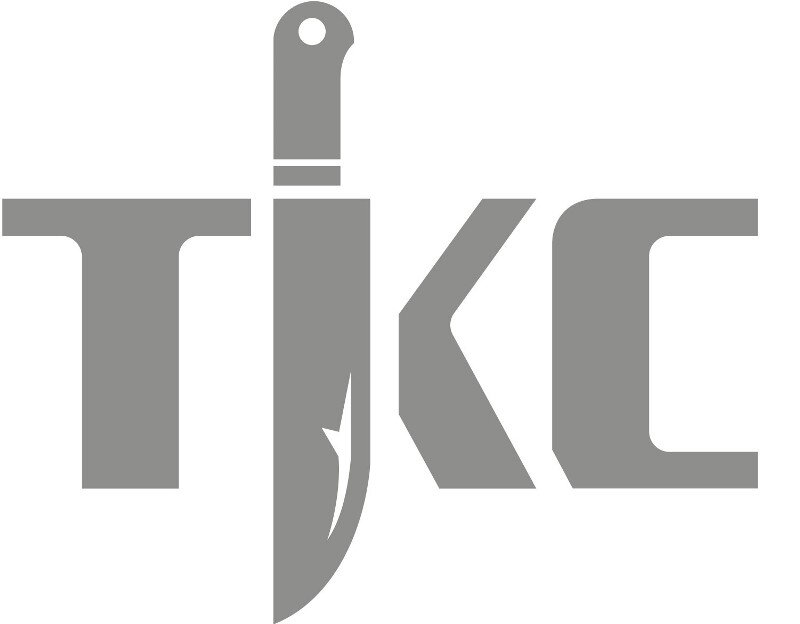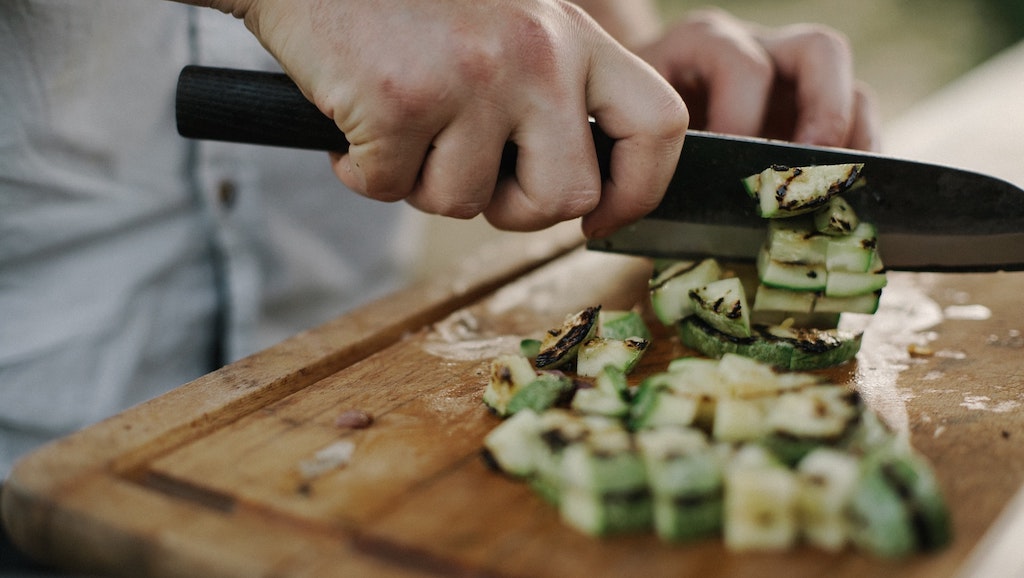We are going to resist the temptation to say ‘buy a Nirey Electric Knife Sharpener’ at this point.
Whether you are an enthusiastic amateur cook or a celebrity chef or somewhere in between, you probably already know why it’s important to keep your knives sharp. As a quick refresher, it’s mainly so you can…
*Cut through food accurately (and finely)
*Get through all the chopping quickly (important when you’re on a tight timeframe) – more on this here
*Minimise cutting accidents – and more on this here
Many people (not you of course) do a whole bunch of things with their knives which make them much less likely to stay sharp, for example…
*Put them in the dishwasher
*Cut things up on hard surfaces
*Keep them in the drawer without a blade protector
…but even when you don’t do these things, well looked after knives will still lose their edge over time with use. So what are the options?
1. Use a honing steel
Honing steels are great as they’re relatively inexpensive and keep your knives sharp by straightening up the edge of the blade where it has ‘curled over’. This happens quite a lot but it’s very hard (OK – impossible) to see with the naked eye. A quick run with a honing steel and it’ll feel like your blade has been sharpened even though it actually hasn’t (a honing steel does not take any steel off the blade). Sooner or later you will need to actually sharpen them though. Read more on honing and sharpening steels here.
2. Use a whetstone
Whetstones are (also) great and they are the traditional way to sharpen a blade. The only two downsides are that i) you really have to know what you’re doing or you could remove too much steel from the blade, not make it any sharper, ruin your knife, or all three (here’s a solution if you want to use a whetstone and avoid these problems) and ii) it takes a while to do it properly. But if you do know what you’re doing, have got a bit of time and want to make your knives look awesome, whetstones are the way to go. They are also the best bet if you’re sharpening a knife with an unusual blade profile.
3. Use an electric knife sharpener
Need we say more. A good electric knife sharpener – like a Nirey for example – will remove the minimum amount of steel necessary to make a blade sharp again in a remarkably short period of time (around 45 seconds). It should also be able to cope with a few different blade profiles (like the Nirey KE-500).
4. Use a mechanical sharpener
This is where you have to be a little careful. Some pull-through type sharpeners are more likely to do a bad job and/or damage your knife than others. But there are occasions when you might not have your whetstone to hand or there may not be any power for your electric knife sharpener, in which case you might need to have another option available. Although an electric knife sharpener could in some ways be regarded as a ‘pull through’ sharpener, you don’t have to exercise very much force (downward or pulling) with an electric, but you do with a mechanical pull through, which makes safety another issue with these devices. Make sure they are designed to stay stable when you’re using them. Another option is something like our 4 sided diamond sharpener.
5. More unconventional options
Failing all else, and if you’re really stuck, it is possible to sharpen a knife on an upturned ceramic mug and on the edge of a car window (and a few other things). Although we don’t know for sure, we suspect these hard surfaces may partially mimic the action of a honing steel, but it seems that a ceramic mug at least will actually remove some of the metal as well. We don’t recommend these methods unless it’s a real emergency and… you use these methods at your own risk!
Of all of these options the quickest (and cleanest) is to use a good electric knife sharpener. Maybe on reflection this article should have been called ‘The quick and clean guide to keeping your knives sharp’…






